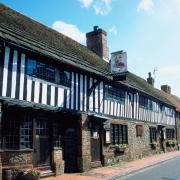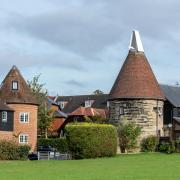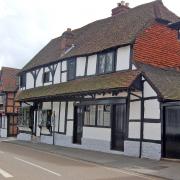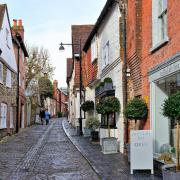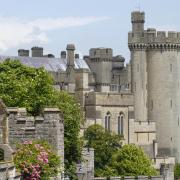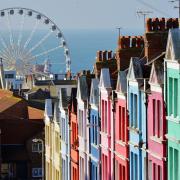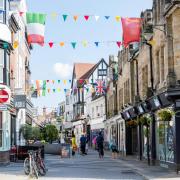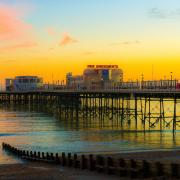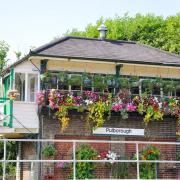There have been eleven full-size, purpose-built theatres in central Brighton over the years and only the Theatre Royal survives. Next month, it celebrates its 200th birthday and here Chris Horlock looks at the city's earliest theatres and how the ...
Sussex Life
On 7th November 1764, the first theatrical performance we know about took place in Brighton. It was in a barn, specially converted for the purpose, located roughly where the Royal Pavilion would later be built. Then, the small town - called Brighthelmston - was a popular resort for the wealthy, many visiting to try the town's famous sea-water cure for various ailments they had. In the evenings, they expected entertainment to be laid on, and early productions, however makeshift, probably attracted large audiences. We don't know what they saw during the short season staged back in 1764, but whatever the offerings were, they went down well enough for manager Charles Johnson - who owned conventional theatres at Chichester, Portsmouth and Salisbury - to return each year with further productions.
By 1770, performances were taking place in the summer, just before the barn was needed for the harvest, starting every evening at six o'clock. July 24th that year was 'opening night' and Johnson appeared on stage giving an amusing prologue, dressed as a farmer, commenting on how the barn had been transformed -
'Zooks! What a change - I vow I shouldn't know it ; The droll contriver surely was a poet,Or some improver (both alike in their brains),Who else would change plain nature with such pains?'
In August, at the request of the Countess of Pembroke, who must have been staying in Brighton, a comic opera was staged called The Maid of the Mill. The last performance of the season, on 30th August was Shakespeare's The Merry Wives of Windsor.
01858 438832
That seemed to be the end of Johnson's time in Brighton and no productions (at least that we know about) took place in the town until a Roger Johnstone, from Covent Garden, had a 'purpose-built' theatre erected in North Street, between Ship Street and West Street; it doesn't seem to have had any special name. In 1777, Johnstone leased the theatre to Joseph Fox, a tavern-keeper, at a rent of £60 a year. Things improved after royal patronage (the Duke and Duchess of Cumberland) but a disagreement with Paine, the builder saw Fox decide to invest in a larger theatre of his own, in a more central location, at a cost of £2,500. The site chosen was in Duke Street, opening on 13th July 1790 with the plays The West Indian and Barnaby Brittlez. Again, at this time, the theatre had no fancy name. It did reasonably well, but many were deterred by the poor performances: "The abilities of the actors create disgust", wrote a Brighton guide of 1800. The Prince of Wales, now a resident of the town and with the first version of his Royal Pavilion in place, enjoyed bad acting enormously, but not even his attendance could ensure a full house. Genuine theatre-goers were also put off by the behaviour of the audiences, some of the worst coming from the wealthy fashionables in their boxes, many of who were only there to be noticed. An outrageous gossip writer of the time, known as Anthony Pasquin (who probably didn't dare write using his real name, John Williams), published The New Brighton Guide, in 1796, where he viciously sent up the whole social scene of the time, offering disgraceful - but very funny - advice for both ladies and gentlemen 'of distinction', on how best to be 'seen' when visiting Brighton.
The same guide advises men to - '...reel into the theatre during the performance in a state of assumed intoxication, and be sure to disturb the audience in the most interesting part of the drama, by taking liberties with any who harbour in the green boxes and are unhappily devoted to insult; by this manoeuvre, if dexterously managed, they will gain three important points: the first is, the credit of having consumed more wine than their income will allow; the second is a disposition for unlimited intrigue; and the third is an opportunity of displaying their contempt of good manners without any hazard of personal danger.'
Fox had died in 1792 and the theatre was sold by his widow to Hewitt Cobb. He employed several managers, the most successful being John Brunton, who ran the theatre from 1804. Together, they decided to upgrade the building and build a special royal box for the Prince of Wales...
Click HERE to read the full article in the Sussex Life digital archives
01858 438832







